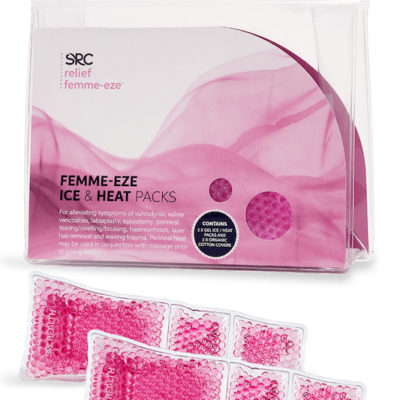Description
Are you undergoing any of the following procedures?
- Lower Back Surgery?
- Gynecological procedures including Vaginal Repair and Hysterectomy
- Spinal Surgery?
- Lower Abdominal Surgery?
- Hernia Repairs?
Suffering from lower back pain or looking for pelvic support? SRC SurgiHeal Recovery shorts to the rescue!
How do compression garments work to promote post-surgery or injury recovery?
1. Activate Muscles
The unique SRC garment technology promotes muscle stimulation and activation by providing gentle compression / light pressure to the pelvis, back and abdominal muscles. This is not possible if you choose a rigid support garment. From day 1 you can be confident in the knowledge that your SRC SurgiHeal shorts are doing their job even when you’re not active.
2. Reduce Swelling
Fitting like a second skin, the gentle compression helps you get mobile sooner after abdominal surgery, hernia repairs or back/spinal surgery.
3. Reduce Pain and Provide Wound Support
SRC SurgiHeal Shorts provide gentle compression to the wound area post surgery, reducing wound swelling and pain and promoting a faster and safer recovery .
How do SRC SurgiHeal speed up your recovery?
1. SRC SurgiHeal compression shorts feature a proprietary luxurious lightweight breathable fabric and power mesh lining that deliver true crosscompression and superior comfort whilst recovering from surgery and less distress* from common post-operative symptoms. 1-3 The compression shorts provide maximum support to abdominal, back and pelvic floor muscles improving muscle tone and pelvic stability. 1-3
SRC fabrics are independently and scientifically tested showing our fabric and its construction to be not only of the highest quality but to consistently deliver continuous gentle graduated compression over time. To achieve this, high performance fabric panels are cut in multiple planes to provide multi-directional stretch performance which means that SRC compression garments retain their stretch and strength characteristics longer than some leading sports performance brands.
2. SRC Anatomical support panels provide consistent gentle medical grade compression at 4-15mmHg (listed with the Australian Register of Therapeutic Goods ARTG – 188014) while maintaining constant wound support resulting in increased rate of wound healing and reduced wound pain associated with surgical procedures. 1-3
3. SRC SurgiHeal compression shorts aid in reducing the risk of DVT by improving mobility post-surgery. 1-3
Your product maybe claimable through your Health Fund.
Achieving optimal results
Begin wearing your SRC SurgiHeal Shorts as soon as you feel able post-surgery or injury. Designed for use in the first 10 weeks after surgery / injury or simply for support and back pain relief they can be worn for as long as they provide benefit, and many women continue to wear their SurgiHeal shorts for exercise or for aesthetic reasons under fitted clothing.
SRC SurgiHeal can be worn both day and night for as many hours as you wish. Your SRC SurgiHeal Shorts should feel supportive without any feeling of restriction.
References
1. The Effect of Abdominal Support on Functional Outcomes in Patients Following Major Abdominal Surgery: A Randomized Controlled Trial. Physiotherapy Can. 2010; 62:242–25 Oren Cheifetz, S. Deborah Lucy, Tom J. Overend, Jean Crowe
2. Brooks-Brunn JA. Postoperative atelectasis and pneumonia. Heart Lung. 1995;24:94–115. doi:10.1016/S0147-9563(05)80004-4
3. Kips JC. Preoperative pulmonary evaluation. Acta Clin Belg. 1997;52:301–5. doi:10.1002/pri.231
4. Smetana GW. Preoperative pulmonary evaluation. N Engl J Med. 1999;230:937–44.
Kroenke K, Lawrence VA, Theroux JF, Tuley MR, Hilsenbeck S. Postoperative complica-tions after thoracic and major abdominal surgery in patients with and without obstruc-tive lung disease. Chest. 1993;104:1445–51. doi:10.1378/chest.104.5.1445
5. Basse L, Raskov HH, Jakobsen DH, Sonne E, Billesbølle P, Hendel HW, et al. Acceler-ated postoperative recovery programme after colonic resection improves physical performance, pulmonary function and body composition. Brit J Surg. 2002;89:446–53. doi:10.1046/j.0007-1323.2001.02044.
6. Geerts WH, Heit JA, Clagett GP, Pineo GF, Colwell CW, Anderson FA, et al. Preven-tion of venous thromboembolism. Chest. 2001;119:132S–75S.
7. Melzack R, Wall PD. Pain mechanisms: a new theory. Science. 1965; 150:971–9. doi:10.1126/science.150.3699.971



